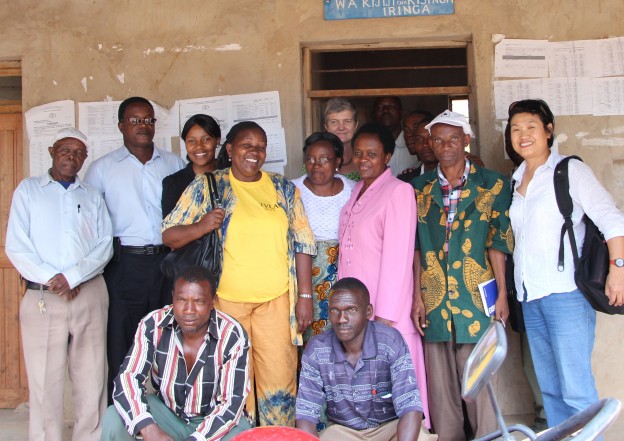Poultry project proposal development
The majority of the world’s rural poor rely on raising livestock for their day to day living. Livestock contribute to both poverty alleviation and food security. 70-80% of rural households in southern and eastern Africa raise poultry. Poultry meat and eggs provide high quality protein and micronutrients that are more easily taken up by the human body than plant based nutrients. They also provide cash income to purchase food. These benefits are of notable significance to vulnerable community members such as growing children and people infected with HIV.
Important work to control threats to poultry production, such as a vaccine to control Newcastle Disease, have had very real impacts on food and nutrition security.
But how could poultry owners get even better results? What if we looked at everything on the small farm and surrounding village ecosystem to see where we could make connections with other production systems to increase efficiency and improve food security? Could farmers connect cropping systems with poultry production for even healthier poultry, better crop yields and more income?
The Australian International Food Security Centre is working with the University of Sydney and other partners to search for robust evidence that can be used to maximise poultry and crop value chain efficiency and strengthen household food and nutrition security.
Read about and see photos from their November 2012 trip to Tanzania and Zambia as part of the development of a multi-year project.
Read more about the scoping study.

